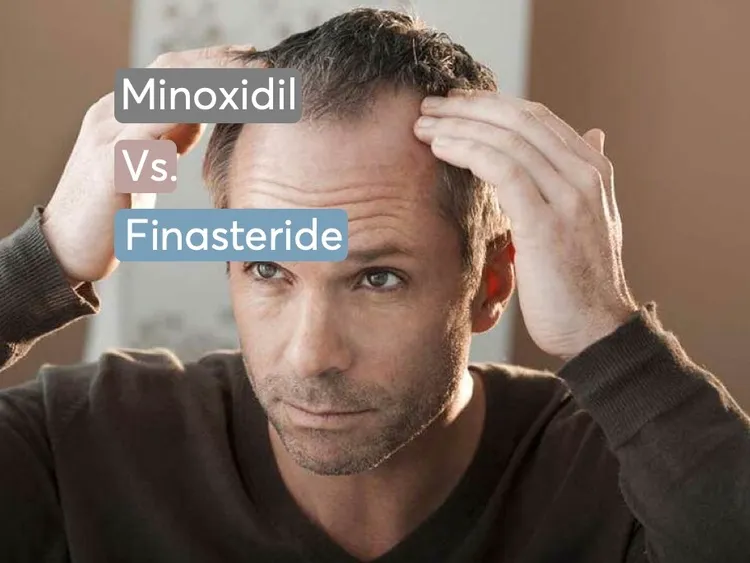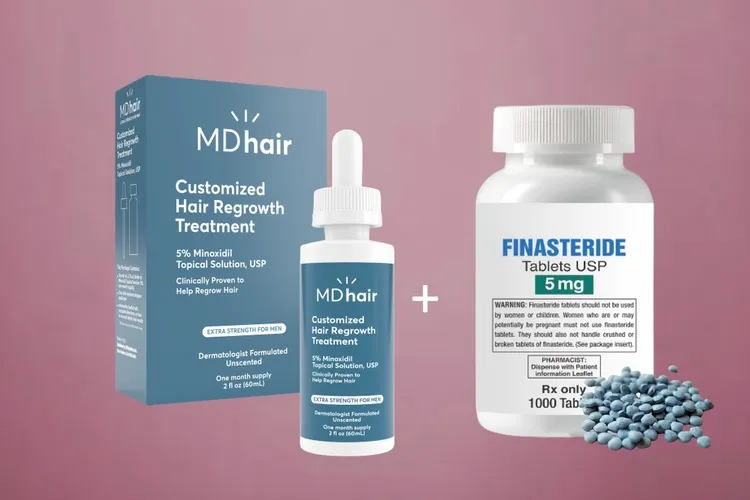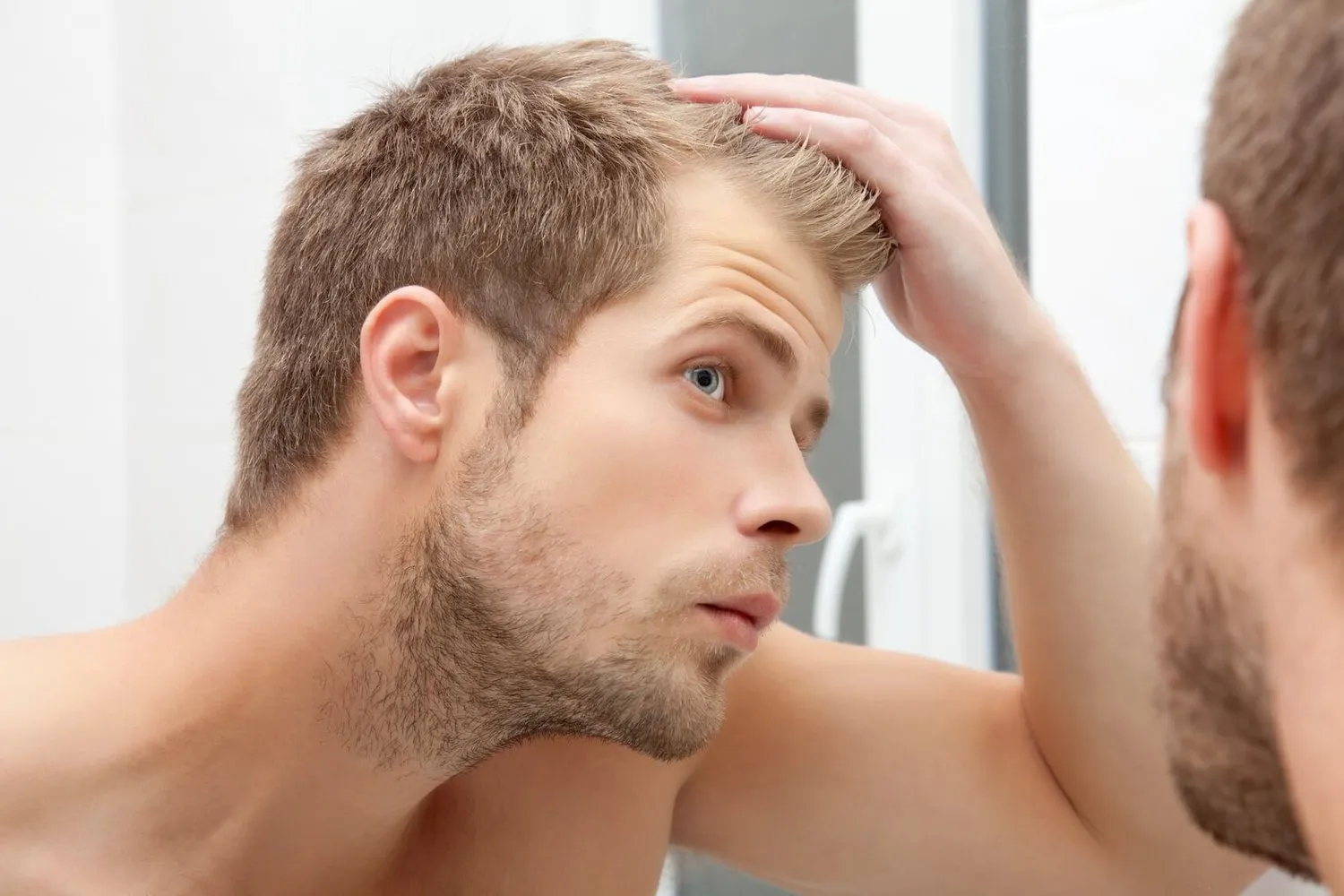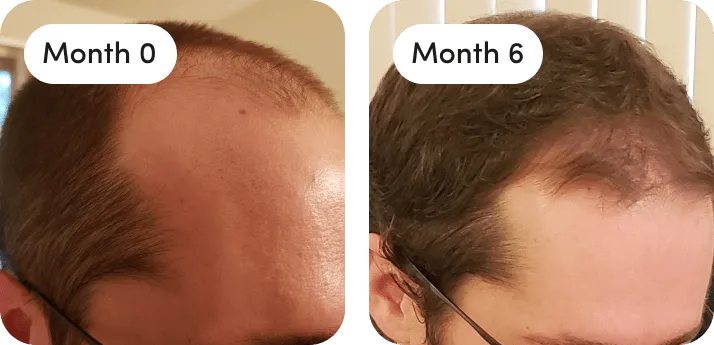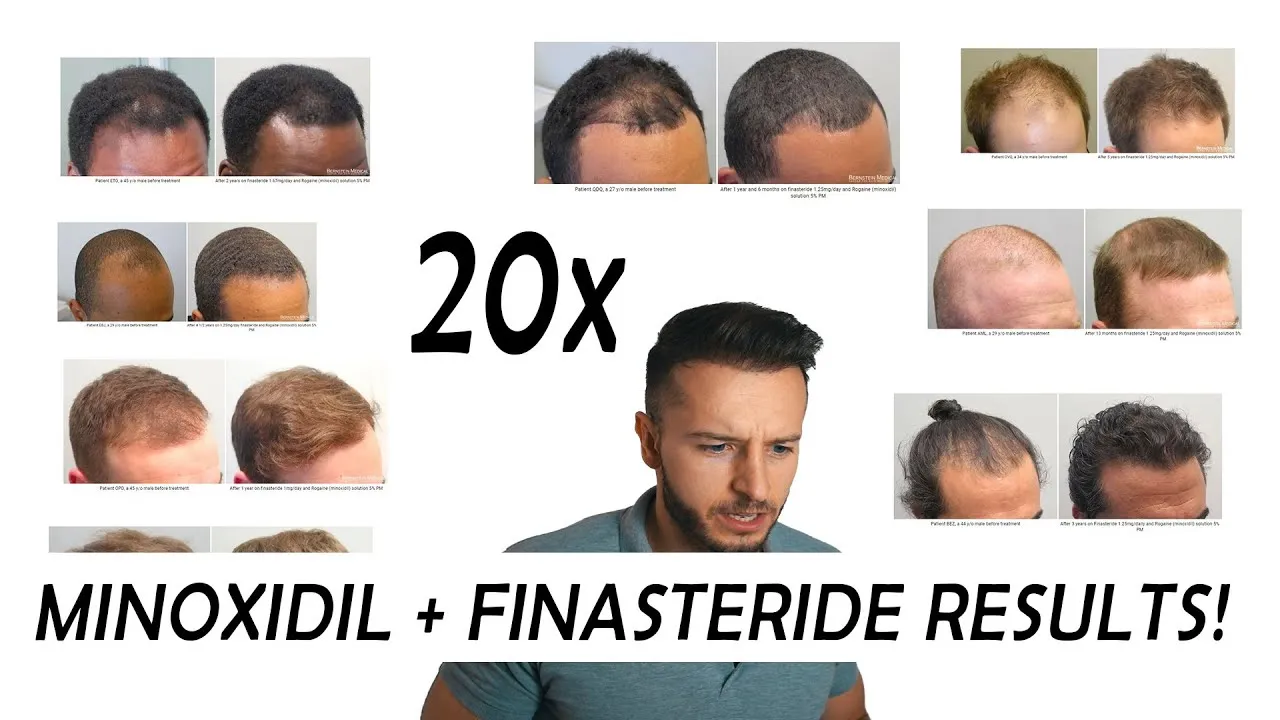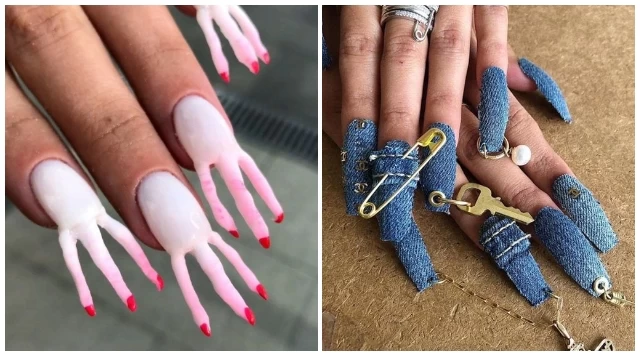Finasteride and Minoxidil are two powerhouse treatments often paired up to tackle male pattern hair loss, but let's clear up the confusion: they’re not identical twins. Using both can make a real difference in your hair growth journey since they’re backed by solid clinical evidence. So, what is the difference between Minoxidil and Finasteride?
#1. What Is The Difference Between Minoxidil And Finasteride?
While both Finasteride and Minoxidil are used to combat hair loss, they work in distinct ways. Minoxidil, a 5% topical solution, enhances blood circulation to the scalp, ensuring essential oxygen reaches the hair follicles. It's easy to apply: simply use 1ml on the affected areas, such as the temples or crown, twice a day on a dry scalp—once in the morning and once in the evening. On the other hand, Finasteride is an oral tablet that must be taken daily for several months to be effective. It works by blocking DHT, a hormone that contributes to hair loss. DHT binds to hair follicles, causing them to thin and eventually die, but Finasteride prevents this by binding to DHT and stopping it from attaching to hair follicles.
#2. What Is The Similarities between Minoxidil And Finasteride?
Effectiveness
When considering hair loss treatments, it's essential to understand what is the difference between Minoxidil and Finasteride. Both have proven effective in combating hair loss in men and women, but their effectiveness can vary based on the individual's condition and the severity of their hair loss. Finasteride, often taken orally, works by inhibiting the hormone DHT, which contributes to hair thinning. On the other hand, Minoxidil, available in both oral and topical forms, improves blood flow to the scalp, revitalizing hair follicles and promoting growth.
Prescription Medications
A key distinction between Minoxidil and Finasteride lies in their availability and usage. Finasteride and higher concentrations of both topical and oral Minoxidil generally require a prescription from a healthcare provider. This ensures that the treatment is suitable for the individual's specific type of hair loss and medical history. While over-the-counter versions of Minoxidil are available in lower concentrations, consulting with a medical professional for higher doses or Finasteride is crucial for effective and safe treatment.
#3. Can We Use Finasteride And Minoxidil At The Same Time?
If you use Minoxidil and Finasteride simultaneously can significantly enhance your hair loss treatment over time. What is the difference between Minoxidil and Finasteride? While Minoxidil improves blood flow to the scalp, encouraging hair growth, Finasteride inhibits the hormone DHT, which is responsible for hair thinning. By combining these treatments, you can effectively address hair loss from multiple angles, potentially achieving the desired hair restoration results.
Many treatment plans, such as those offered by Sons, incorporate both Minoxidil and Finasteride. For instance, the Topical Spray blends both medications, providing a convenient option for men who prefer not to take tablets but still want effective hair treatment. The spray should be applied twice daily to the affected scalp areas. While some users notice immediate improvements, most see significant results after three months, with peak results typically evident by the nine-month mark.
#4. Minoxidil vs Finasteride: Who Can Benefit from These Treatments?
Finding the right hair loss treatment can feel overwhelming, but knowing who can benefit from Minoxidil and Finasteride is crucial. So, what is the difference between Minoxidil and Finasteride regarding their use? Finasteride is primarily designed for men with male pattern baldness due to its hormone-targeting action. However, women with female pattern hair loss may also find it useful, but only under careful medical supervision.
Minoxidil, on the other hand, works by expanding blood vessels to improve blood flow to the scalp, making it suitable for both men and women. It effectively addresses various types of hair loss, including androgenetic alopecia and general hair thinning. Minoxidil's universal applicability makes it a versatile option. Each person's experience with hair loss is unique, so it's important to choose a treatment that best fits your specific needs and conditions.
#5. Which Treatment Is More Effective For Hair Loss?
When it comes to combating hair loss, the debate between Finasteride and Minoxidil is anything but simple. Finasteride, honing in on the hormone implicated in hair thinning, presents a formidable solution primarily for male pattern baldness and has exhibited effectiveness in women grappling with female pattern hair loss. On the other hand, Minoxidil, directing its efforts towards enhancing blood flow, offers versatility by tackling a spectrum of hair loss types. Scientific research, including peer-reviewed studies featured in esteemed journals such as the European Journal of Dermatology, suggests that both treatments yield positive outcomes. However, the choice between them hinges on the specific type of hair loss experienced and individual response. So, what's the optimal strategy? Consulting a dermatologist is paramount to devising a tailored treatment regimen that resonates with your distinct hair health journey.
#6. Which Treatment Is The Right Choice For You?
Choosing between Minoxidil and Finasteride for your hair restoration journey is a nuanced decision tailored to your unique circumstances. Both options boast their efficacy in combating hair loss, yet certain considerations can guide your choice.
Understanding their mechanisms is fundamental. Finasteride acts as a shield, obstructing the hormones responsible for hair deterioration, while Minoxidil adopts an offensive stance, enhancing blood circulation to revive dormant hair follicles.
Next, weigh the potential side effects. Minoxidil may induce skin irritation, contrasting with Finasteride, which might lead to more pronounced sexual side effects for some individuals.
Consider your lifestyle preferences, too. Opting for a pill or a topical solution hinges on your convenience and comfort level.
Lastly, acknowledge the variability in individual responses to medications. While one person may thrive with a single treatment, another might benefit from a combination approach. The crux lies in consulting with professionals, reflecting on your priorities, and selecting a path that resonates with your body and hair aspirations.
Conclusion
Hair loss is a shared experience, yet its effects are deeply intimate and emotionally charged for each person. Only those who have navigated its complexities firsthand truly understand the roller-coaster of emotions it can evoke, from denial to eventual acceptance. In the vast array of treatments available for hair loss, Minoxidil and Finasteride stand out as formidable options. This article has shown what is the difference between Minoxidil and Finasteride. While both offer distinct strengths, mechanisms of action, and potential side effects, the ultimate decision rests upon individual preferences, needs, and medical guidance. Whether you are drawn to the vasodilatory effects of Minoxidil, the hormonal protection provided by Finasteride, or a combination of the two, it's essential to recognize that your hair restoration journey is uniquely yours.
Visit Meme to stay up-to-date on life tips.
FAQs
1. Are there any significant side effects associated with Minoxidil and Finasteride?
Common side effects of Minoxidil include scalp irritation, itching, and dryness, whereas Finasteride may lead to sexual side effects in some individuals, such as decreased libido or erectile dysfunction.
2. How long does it take to see results from Minoxidil and Finasteride?
Results vary depending on the individual, but generally, Minoxidil users may start seeing results in as little as a few months, while Finasteride users typically notice improvements within six to twelve months of consistent use.
3. Are Minoxidil and Finasteride suitable for both men and women?
While Finasteride is primarily FDA-approved for use in men with male pattern baldness, it may also be prescribed off-label for women with certain types of hair loss. Minoxidil, on the other hand, is FDA-approved for both men and women and can be used to treat various forms of hair loss in both genders.
Maybe you are interested:

5 Things You Need To Know About The Power of Yellow Vietnam Kratom

Why Do Addicts Relapse? Commom Reasons And Treatment Options
